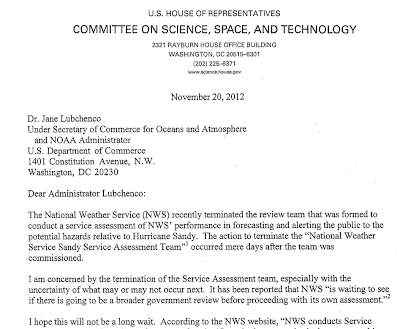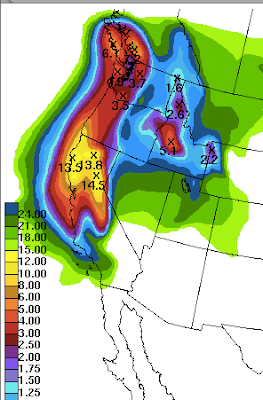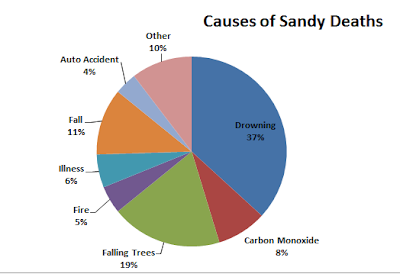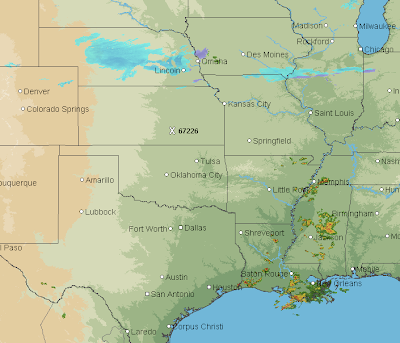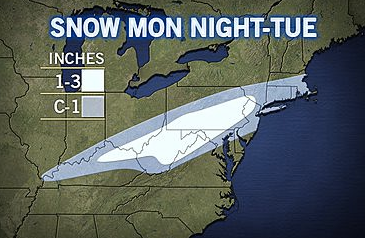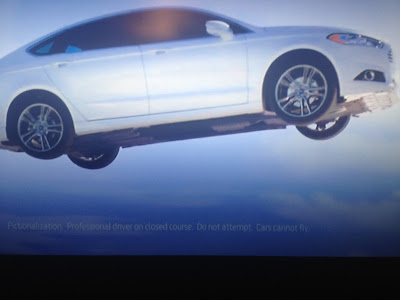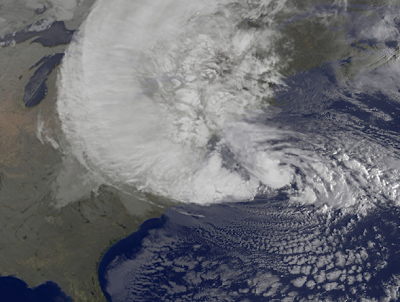For your convenience: Warnings hardcover click here . Warnings Kindle, click here . Warnings Nook, click here . 'Warnings' is higly educational, but it reads nothing like a textbook. The writing is engaging and entertaining from cover to cover. Even if you're not yet convinced to buy it for yourself, if you know anyone with an interest in the weather, get it for them as a gift. If you're lucky, they'll let you read it when they're done. Sirens softcover, click here . Sirens Kindle, click here . Sirens Nook, click here . Just like his other book, "Warnings," "Sirens" is a very well written book. Mike Smith tells the story of that awful day in Joplin, Missouri, in May of 2011 and makes you feel like you're a part of the story. While Sirens can pretty much be read on its own, it is a fantastic sequel to "Warnings."









